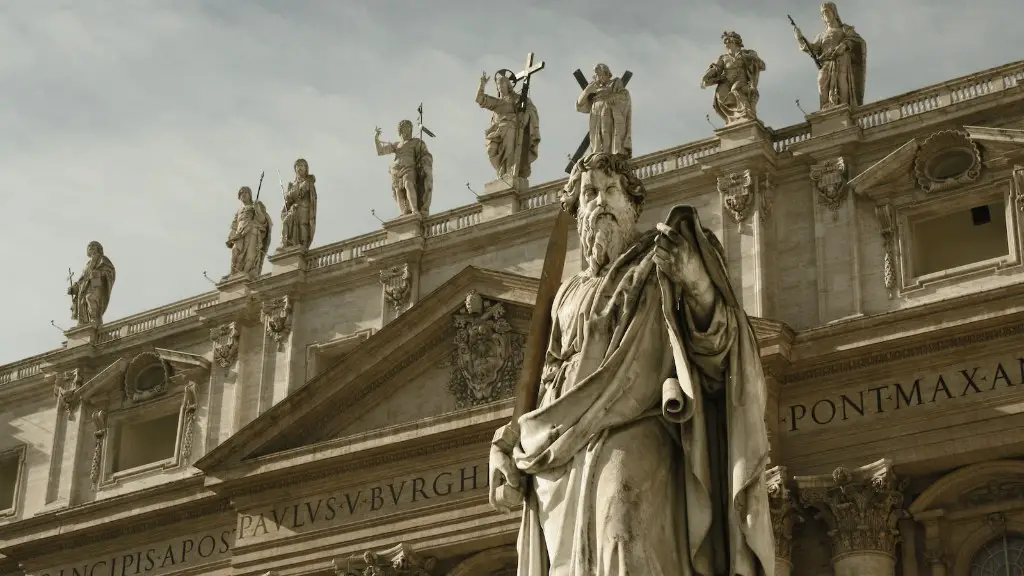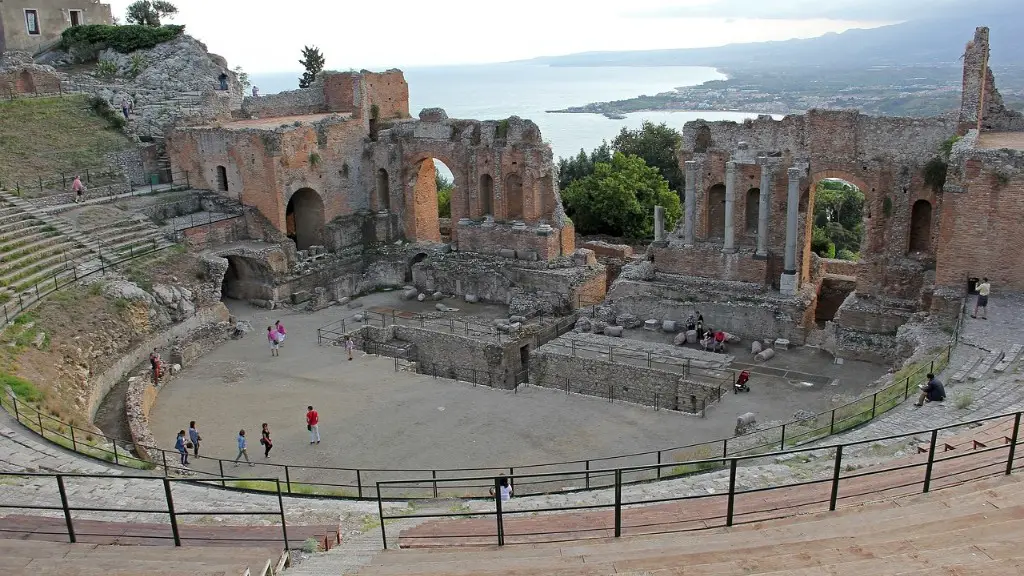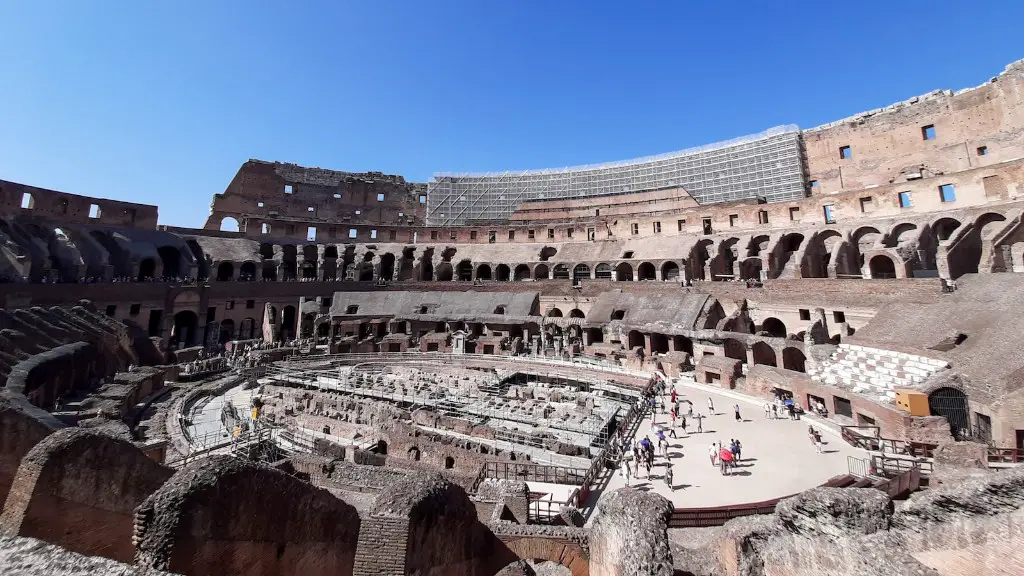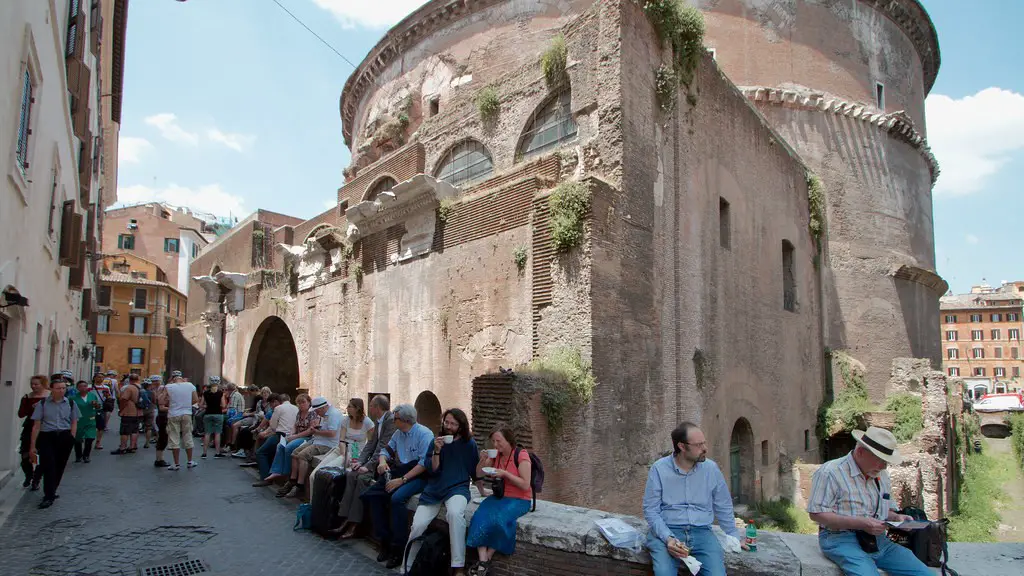Ancient Rome, a civilization whose legacy still remains today, was an empire with distinct political and social structures whose citizens ranged from patricians to the much more common plebeians. The patricians were the more privileged members of society and had access to much more in terms of wealth and power. On the other hand, plebeians occupied the bottom rung of the social ladder and often had few legal safeguards and protections from exploitation from patricians. So, where did plebeians live in ancient Rome?
At the heart of ‘plebeian Rome’ were its insulae, large multistorey apartment blocks made of awkward, cramped, and poorly ventilated living spaces filled with an ever-growing and shifting population. Though they were known as tenement blocks, they were far from the luxurious accommodation of their patrician and aristocratic neighbours. Nevertheless, for plebeians, the insulae was to be home. The ground floors contained shops and the upper floors contained a seemingly endless number of small rooms.
The insulae were death traps, as fires occurred frequently and sanitation was nearly non existent. The structure of the insulae was a major contributing factor to the rapid spread of diseases such as malaria and typhoid fever, which killed thousands of inhabitants. Little light and ventilation meant lack of fresh air and overcrowded living spaces led to an altogether squalid living condition.
Most plebeians were unskilled labourers or skilled craftsmen, who generally worked long hours and rarely made enough money to support the family in comfort. A majority worked in the back of the house — in garment workshops, tanneries and food production factories.These employment opportunities were often dangerous, exploitative, unhealthy and low-paying — often paying barely enough to meet the daily needs of each household. It is thus no surprise that when a plebeian family ran out of money, they were unable to pay rent, forcing them out of their homes in the insulae.
Renting an insula was difficult. After those from the upper classes had taken the most desirable dwellings, what little remained was snapped up by richer plebeians. It was thus the poorer plebeians who were forced to make do with smaller, dingier spaces, often having to share an apartment with several other families. The cost was often also exorbitant, as it was well beyond the means of most lower-class Romans. This further made the insulae a place of utter misery and hardship.
Though life in the insula often left the plebeians poverty-stricken, the hope of a better life was never far away. Many plebeians were able to become part of the working class or even patricians due to their hard work and resourcefulness. As such many considered the plebeian dwellings as temporary stops on their onward journey to success, a place where dreams could come true. In short, the insulae were the backbone of Rome, providing the bulk of the labour force and resources necessary to support the Roman Empire in its growth and prosperity.
The Role of Clubs and Guilds
Another factor that made life less burdensome for plebeians was the support from guilds and clubs in the city. During the late Republic and the early Imperium, clubs and guilds played a very significant role in the life of plebeians in Ancient Rome. The clubs and guilds played a variety of economic and social roles. They often acted as a collective which provided support for workers, regulated wages for craftsmen, and negotiated better working conditions for the members.
Furthermore, these guilds could serve as a mutual support system for people from similar backgrounds, providing advice on how to acquire capital, legal rights and find better employment. Clubs and guilds were also known to organize festivities, most of which were held during Saturnalia, a religious holiday honoring Saturn, the god of agriculture, to celebrate the winter solstice. This was a way for plebeians to get away from their dreary day to day lives in the overcrowded dwellings they were confined to.
This provided much needed relief from the harsh reality of life in the insulae. Further to this, the clubs and guilds also provided stable affiliations and associations to give plebeanders some sense of identity and a sense of belonging. This was especially important for migrants who were often forced to leave their families and homes for economic or political reasons.
In conclusion, it can be said that the plebeians of Ancient Rome had to endure very hard living conditions in their insula dwellings, receiving much lower wages than their aristocratic counterparts and having barely enough to cover their expenses. Nevertheless, this hardship was alleviated by the support from clubs and guilds which gave them some relief from the harsh conditions of their everyday lives.
A Plebeian’s Role in Roman Commerce
As much as the plebeians had to endure poverty, their role within the Roman economy was essential, as they had the strength and resolve that the patricians lacked. The plebeians had different roles. Firstly, they were enticed to become soldiers. This was important, as the military was one of the main powers within the Roman Empire, and the plebeians were more than happy to serve in exchange for wages and the opportunity to gain much-needed resources.
The plebeians also had a role in Roman commerce. Most plebeians were craftsmen or small-time merchants, traveling around the empire and trading different items and goods. These plebeian merchants engaged in domestic and international trading and were essential to Rome’s domination of the Mediterranean region, which resulted in the creation of one of the most powerful empires of the ancient world.
Since plebeians were often involved in agricultural production, they were able to convert terrain and toil suited to subsistence farming into a surplus that could be exchanged. This allowed plebeian families to free up part of their time to devote to trade pursuits. As the Roman appetite for exotic commodities grew, plebeians took advantage of the opportunity to augment their income by engaging in higher-end trade for luxury items.
These activities, combined with a willingness to employ new agricultural practices, increased the plebeians’ economic power. They were more reliant on credit and savings to maintain and increase their economic standing, which allowed them to often exceed the economic expectations of their station.
Education and Plebeians
Education among plebeians in ancient Rome was hard to come by. Since rich plebeians generally saw education as a way to climb the social ladder, they were rarely given access to the best education available. Poor plebeians had even less access to education, since they were bound by their station to work in the most hazardous and lowest paid positions, leaving them little time or money to send their children to school. As a result, grammatica and literacy were confined to the most privileged members of society.
Despite this, some plebeians were able to rise above these unfortunate conditions and achieved great things, due in no small part to the acquired skills they had gleaned from their parents, apprenticeships, or experience as a labourer. Tiro, for example, was a freed Roman slave who served as a secretary to the great Roman lawmaker, Cicero.
In addition, certain trade guilds did provide some form of education for their members. This allowed the plebeians to gain some basic skills, such as reading and writing, as well as knowledge of their trade. This enabled many of the plebeians to gain the knowledge and skills necessary to become successful merchants and craftsmen, earning much better wages than the minimum pay for unskilled labourers that had no access to an education at all.
Appearance and Clothing
The plebeians of Ancient Rome engaged in a variety of roles, with their lives revolving around labour and commerce. Consequently, their clothing reflected their status in society. Upper class plebeians aspired to dress in a manner that mirrored that of the patricians, wearing togas, stolas and other elaborate garments in fine fabrics while the lower class plebeians were confined to working in the fields, often wearing crude clothes.Working plebeians often dressed in tunics and cloaks or short cloaks called the sagum.
The appearance of plebeians was an indication of their economic and social standing, Those who had the resources to clothe themselves in more expensive fabrics and dress in a manner more befitting of their status would not have been disadvantaged as a result of their position. On the other hand, those of the lower classes who had no access to lavish clothing were often identified for the oppressive tasks of the trade and the manual labor associated with it.
In addition, plebeian women often dressed in more modest clothing than the men, keeping their shoulders and legs covered. Clothing for plebeian women was often practical and utilitarian in nature as they were usually involved in activities such as farming, laundry, cooking and cleaning around the house.
The Plebeian Overlap with the Patrician Class
Though the patricians and plebeians had distinct advantages and disadvantages, there was sometimes an overlap between them. In the late Republic, the plebeians were able to rise up the social ladder, elevate their station and, given enough luck and ambition, even become patricians themselves. This was due in no small part to the support they were receiving from the clubs and guilds and their hard work in the face of adversity.
Archaeological evidence further suggests that a large number of plebeians had access to luxuries that were previously reserved for the upper classes. It appears that in certain cases, wealthy plebeians were able to construct luxurious villas and other artifacts with the money they earned. This suggests that even within a highly stratified social system, it was possible to rise above one’s station and assume some of the luxuries usually reserved only for the patricians.
Ultimately, it can be said that the plebeian class of Ancient Rome was able to survive and even improve their station due to the combination of their hard work, the support of the clubs and guilds, and the opportunities for economic success that presented themselves. The insulae, though inadequate and overcrowded, served as a temporary stop for many plebeians on their journey for success and a better life, and it appears that many of them were able to reach the top.





